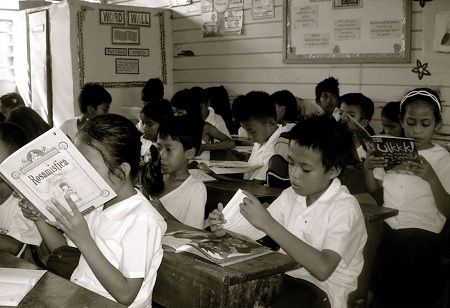- Poor digital infrastructure limits AI use in education.
- Schools often see tech as a cost, not an investment.
- Experts urge long-term tech planning to stay relevant.
The adoption of artificial intelligence (AI) in the Philippine education sector is being held back by inadequate digital infrastructure and limited connectivity, especially in rural areas. Experts say this lack of access is one of the biggest reasons many Filipino students and teachers are unable to explore AI tools in classrooms.
Speaking at CanvasCon 2025, Dr. Martin Bean from the University of New South Wales highlighted that many institutions view technology investments as optional or temporary, rather than essential. While the pandemic forced schools to rapidly adopt digital tools, that momentum has faded despite continued challenges like flooding and transportation issues that disrupt physical learning.
Adding to this, Ryan Lufkin, Vice President of Global Academic Strategy at Instructure, noted that unreliable electricity and poor internet access in remote areas continue to slow down digital progress. These problems prevent schools from maintaining consistent online and hybrid learning environments.
Also Read: Lockheed Martin Sparks Job Growth and Skill Development in Philippines
To support educational institutions, Instructure is introducing upgrades to its Canvas platform, including tools that reduce administrative work and allow teachers to focus more on personalized learning. The company also expressed willingness to partner with the Philippine Department of Education to improve digital readiness in public schools.
Several top private universities in the country, such as Ateneo de Manila University, De La Salle University, and the University of Santo Tomas, are already using Canvas. However, experts believe broader change will require a shift in mindset and a long term commitment to digital transformation across the education system.

